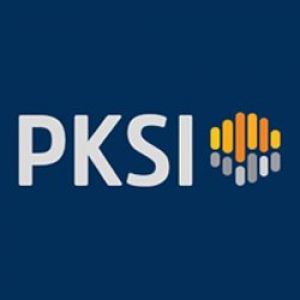Predictive Workforce Analytics: The Road To A More Diverse & Inclusive Workplace
Posted by PegasusKnowledge on April 23rd, 2021
Diversity and inclusion (D&I) fosters innovation in the workplace and plays a vital role in creating a vibrant work culture. It remains one of the most critical priorities of Fortune 500 companies. However, most of them are still far from meeting their short- and long-term diversity goals.
In such a scenario, predictive workforce analytics can work wonders for such organizations and infuse new life into their D&I projects. This is what this article is all about! Here, we will get an in-depth view of how you can put such tools to boost diversity in your workplace. Read on:
Pinpoint diversity gaps in your existing workforce
The best way to begin D&I enhancement initiatives at your workplace is to first get a 360-degree view of the gender and ethnic composition at your workplace. But that’s not all. It is time to go beyond the traditional models of meeting diversity goals. You also have to check for data, such as:
- Do you have employees from underserved communities across levels in your company?
- Does your company also have members of the LGBTQ+ community and people living with disabilities?
For a truly diverse, balanced workforce, a company should have people from diverse backgrounds and also involve people beyond the conventional demographics.
With workforce analytics tools, companies can collect diversity metrics and understand the overall makeup of the workforce. This will help you to identify gaps that need to be filled ASAP, earmark resources for the same and assist you in forming new, better diversity goals.
Create equitable compensation programs
Many large companies struggle to do away with the gender pay gap, and this is where predictive workforce analytics tools can be of assistance. It can help you analyze for unconscious bias in the organization itself and use unified compensation data to craft better pay structures.
Lower unconscious bias in the recruitment process
Unconscious bias continues to be a pressing issue even in the most acclaimed organizations. Battling this problem becomes a little less challenging when you have AI and machine learning-powered predictive workforce analytics tools to aid you during the recruitment process.
In such a scenario, you have hard data to guide your hiring decisions. The sourcing of candidates becomes more streamlined and free of prejudices.
Such tools also go a step further to search return profiles of active candidates whose traits closely match those of the best performers in your organization. Thus the entire process becomes more effective and allows for the creation of a more diverse workforce.
Final words
Numerous studies have proved that a diverse, inclusive workforce contributes to enhanced business success. HR specialists who are responsible for helping their companies meet their diversity goals have the potential to transform the company culture and lead to better business outcomes.
Clearly, they have their work cut out for them! It makes sense for the decision-makers of organizations to get in touch with workforce analytics companies to revitalize their HR departments and build a workforce that is inclusive in the truest sense of the word.
Author’s Bio: The writer is an HR generalist and this article discusses the important role of predictive workforce analytics tools in creating a diverse & inclusive workforce.


